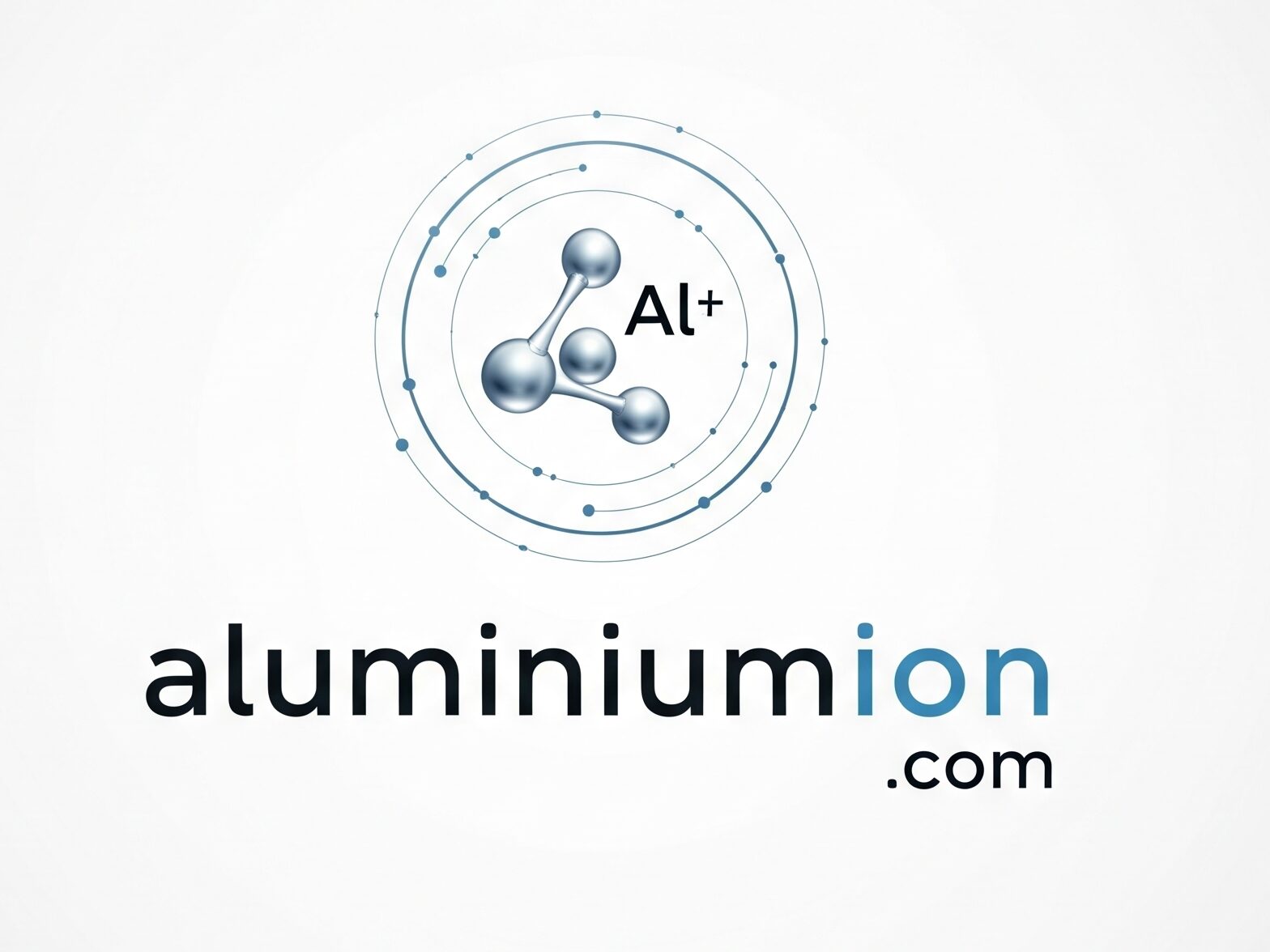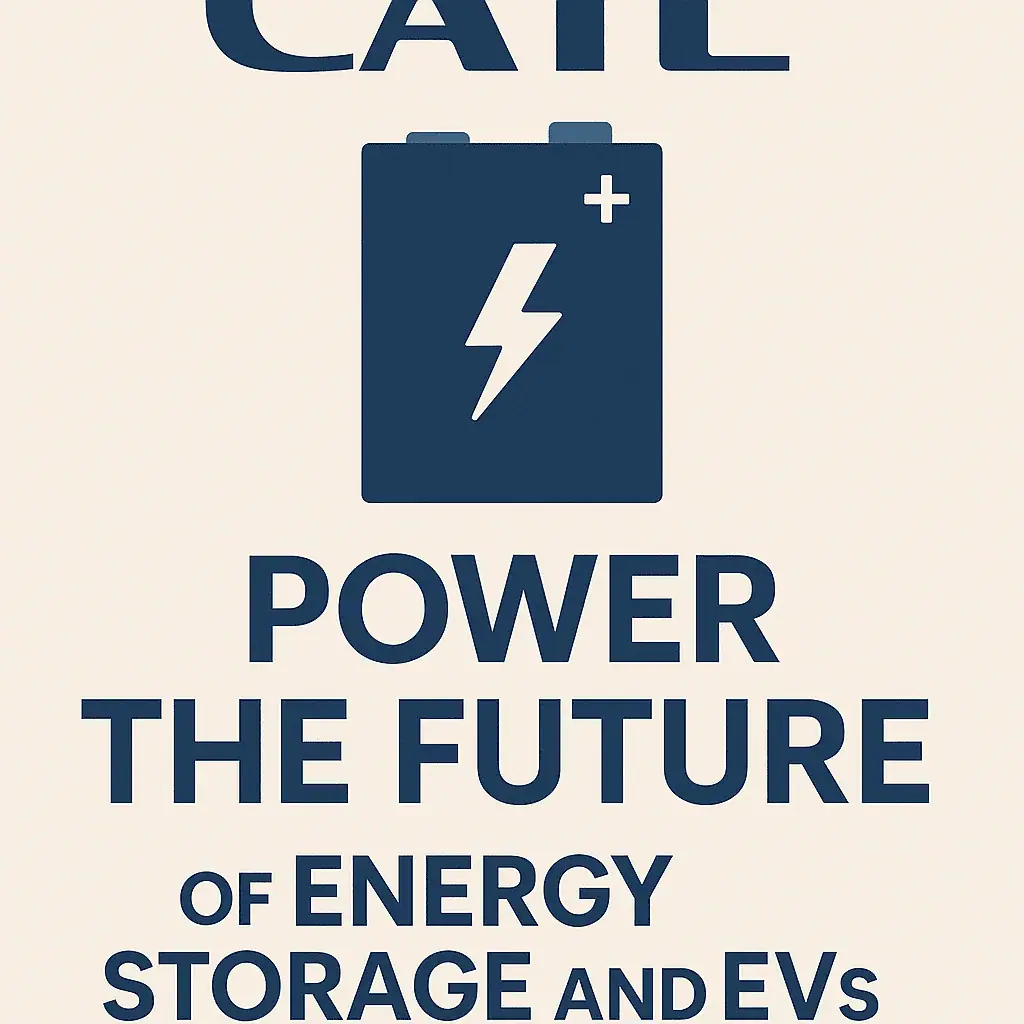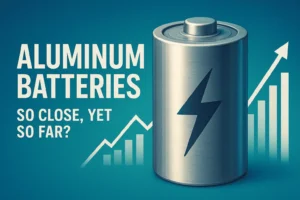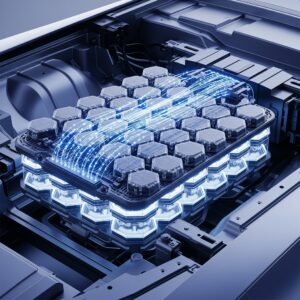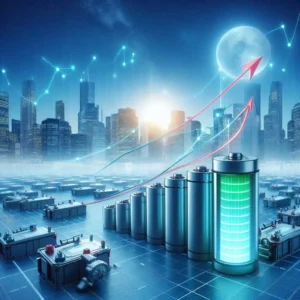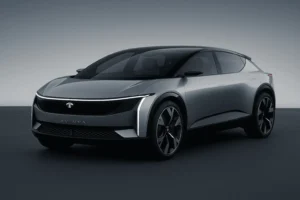The energy storage and electric vehicle (EV) revolution is in full swing, and one company stands at the forefront—CATL (Contemporary Amperex Technology Co. Limited). As the world’s largest battery manufacturer, CATL is shaping the future of lithium-ion batteries, sodium-ion tech, and next-gen energy solutions.
At Aluminiumion.com, we track cutting-edge battery innovations, and in this blog, we’ll explore:
✔ What makes CATL batteries unique?
✔ Key breakthroughs in CATL’s technology
✔ How CATL compares to competitors like BYD and Tesla
✔ The future of CATL’s battery dominance
Let’s dive in!
Who Is CATL? A Quick Overview
Founded in 2011 in China, CATL has rapidly grown into the global leader in EV battery production, supplying major automakers like:
- Tesla (Model 3, Model Y)
- BMW, Volkswagen, NIO, and XPeng
- Electric buses, trucks, and grid storage systems
In 2023, CATL held ~37% of the global EV battery market—far ahead of competitors like LG Energy Solution and BYD.
Why CATL Batteries Are Game-Changers
1. Cutting-Edge Lithium-Ion Batteries
CATL’s Lithium Iron Phosphate (LFP) and Nickel Manganese Cobalt (NMC) batteries dominate due to:
✔ Higher energy density (longer range for EVs)
✔ Longer lifespan (up to 1 million miles in some cases)
✔ Enhanced safety (reduced risk of thermal runaway)
2. Sodium-Ion Batteries: The Next Big Thing?
In 2021, CATL unveiled the world’s first sodium-ion battery, offering:
✔ Cheaper materials (no lithium or cobalt)
✔ Better performance in cold weather
✔ Potential for mass-market EVs & storage
3. Qilin Battery: The Density King
CATL’s Qilin battery (2022) boasts:
✔ 13% higher energy density than Tesla’s 4680 cells
✔ 1,000 km (620 miles) range on a single charge
✔ 10-minute fast charging (from 10% to 80%)
4. M3P Batteries: The Best of Both Worlds
A hybrid between LFP and NMC, M3P offers:
✔ Higher energy density than LFP
✔ Lower cost than NMC
✔ Adopted by Tesla for some Model Y variants
CATL vs. Competitors: Who Leads the Battery War?
| Feature | CATL | BYD (Blade Battery) | Tesla (4680 Cells) | LG Energy Solution |
|---|---|---|---|---|
| Market Share (2023) | 37% | 16% | 14% | 13% |
| Key Tech | LFP, NMC, Sodium-ion | LFP Blade | 4680 NMC | NMC, Solid-state (in dev) |
| Energy Density | High (Qilin: ~255 Wh/kg) | Moderate (~180 Wh/kg) | High (~244 Wh/kg) | Very High (~270 Wh/kg) |
| Cost | Lowest (LFP advantage) | Low | Medium | High |
| Fast Charging | 10-min (Qilin) | 30-min | 15-min | 18-min |
Verdict: CATL leads in cost, scalability, and innovation, while competitors like Tesla focus on performance and LG on premium energy density.
Where Will CATL Batteries Be Used Next?
1. Electric Aviation
CATL is developing ultra-high-density batteries for electric planes, targeting short-haul flights by 2030.
2. Grid-Scale Storage
Their TENER energy storage system (2024) promises zero degradation over 5 years, making renewables more reliable.
3. Global Expansion
CATL is building factories in Germany, US, and Indonesia to meet skyrocketing demand.
The Future of CATL: What’s Next?
🔹 Solid-state batteries (in development)
🔹 Second-life battery recycling (sustainability focus)
🔹 AI-optimized battery management (longer lifespan)
Final Thoughts: Is CATL Unstoppable?
With relentless innovation, cost leadership, and massive production scale, CATL is set to remain the world’s battery king. However, competitors like BYD, Tesla, and solid-state startups are pushing hard—so the race is far from over.
🔋 Which battery tech excites you most? CATL’s sodium-ion, Tesla’s 4680, or something else? Let us know in the comments!
